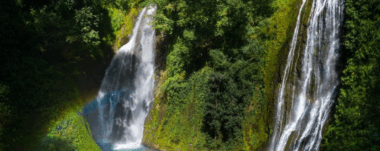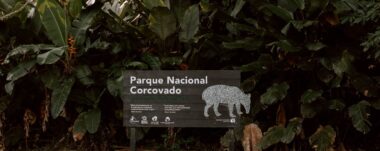Natural Sculptures: Katira Labyrinths
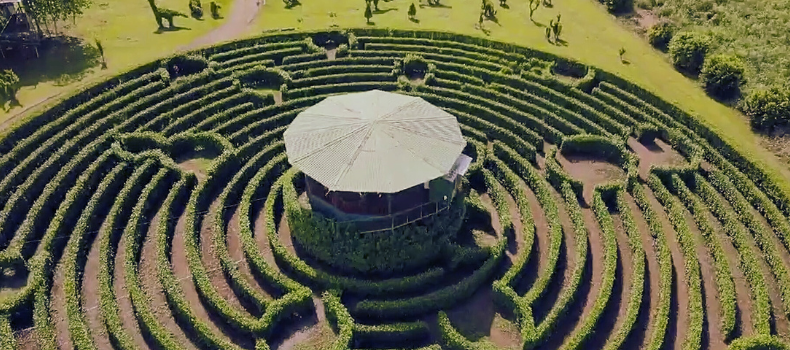
Enjoy a family weekend and visit the natural sculptures of the Katira Labyrinths in Guatuso, Alajuela, near Río Celeste.
The Labyrinths
20 minutes from the Celeste River and 1 hour from La Fortuna, you can find the Katira Labyrinths, a recreational park for the whole family.
These are two mazes made of hibiscus plants: a square one of low difficulty and a round one of higher difficulty. If you have any trouble solving the maze, don’t worry because there is a kiosk in the center with several people to guide those who get lost.
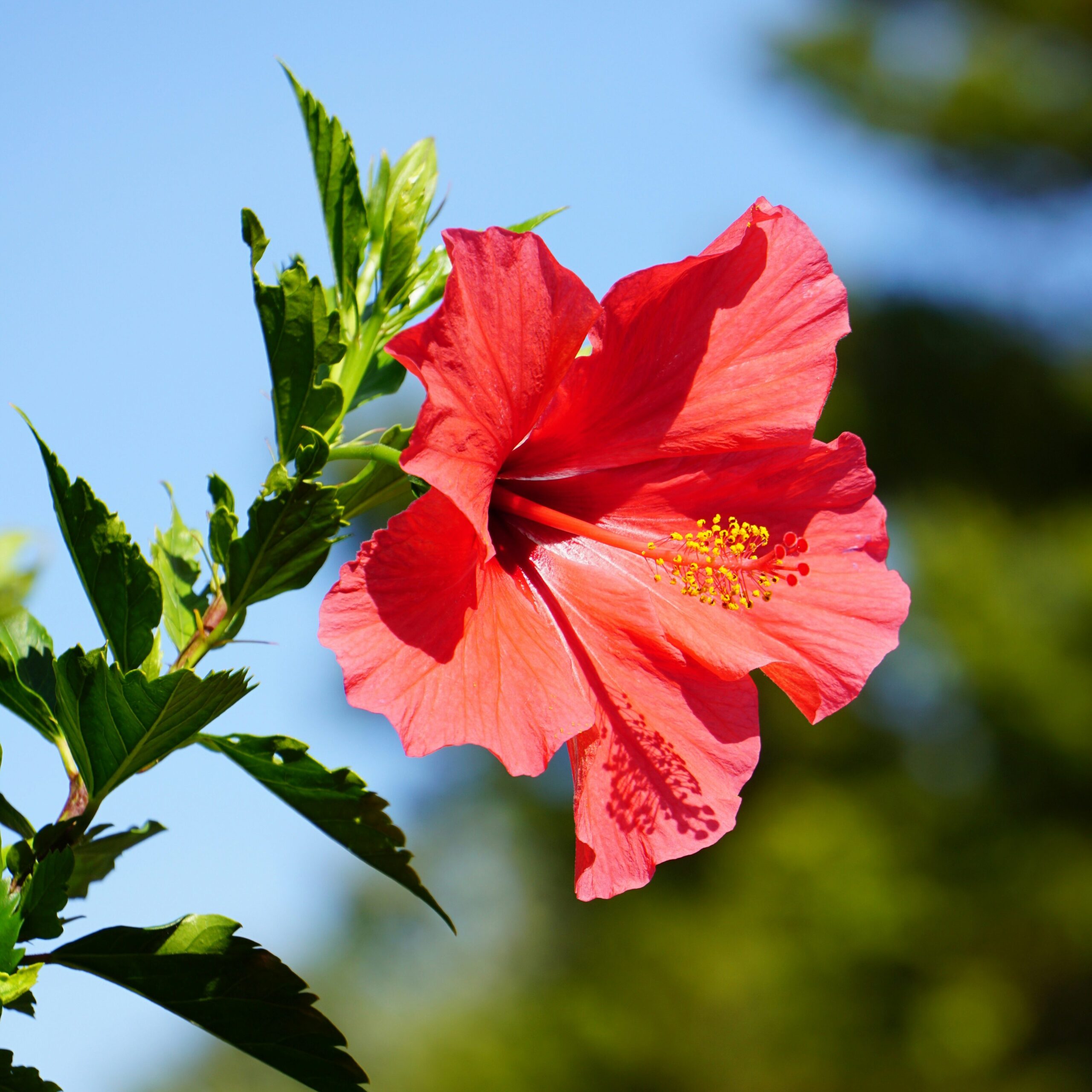
The hibiscus.
The hibiscus (Hibiscus pernambucensis) or amapola, as it is called in Costa Rica, is a plant native to China. It comes in different varieties and is found in many gardens in the country because its flowering is permanent.
This plant likes warm weather and mild winters and the colors most commonly seen in Costa Rica are red, pink, orange and yellow.
In addition to the mazes, the place has a theme park with bushes in the shape of animals.
In addition, you will have at your disposal restrooms, the possibility to buy drinks and a panoramic viewpoint.
The price is 3 thousand colones per person and the park is open every day of the year, including holidays.
Origin of Labyrinths
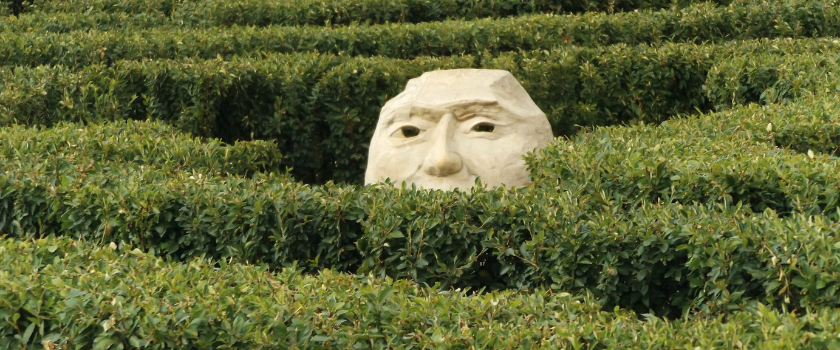
The term “labyrinth” comes from the Greek labyrinthos, which describes a spiral knot-like structure with a single exit path.
Both labyrinths and labyrinth symbols date back to Neolithic times and appear in regions such as present-day Turkey, Ireland, Greece and India, etc.
These structures may have served to find the spiritual path by removing the person from linear time and space. Indeed, as one enters the labyrinth, one may feel lost in reference to the outside world and thus discover one’s true path in life.
BestDeals2.com has the best deals on transportation, activities and lodging with the best balance between price and quality for your trips!
Sensorial Sunsets
Navigate articles



